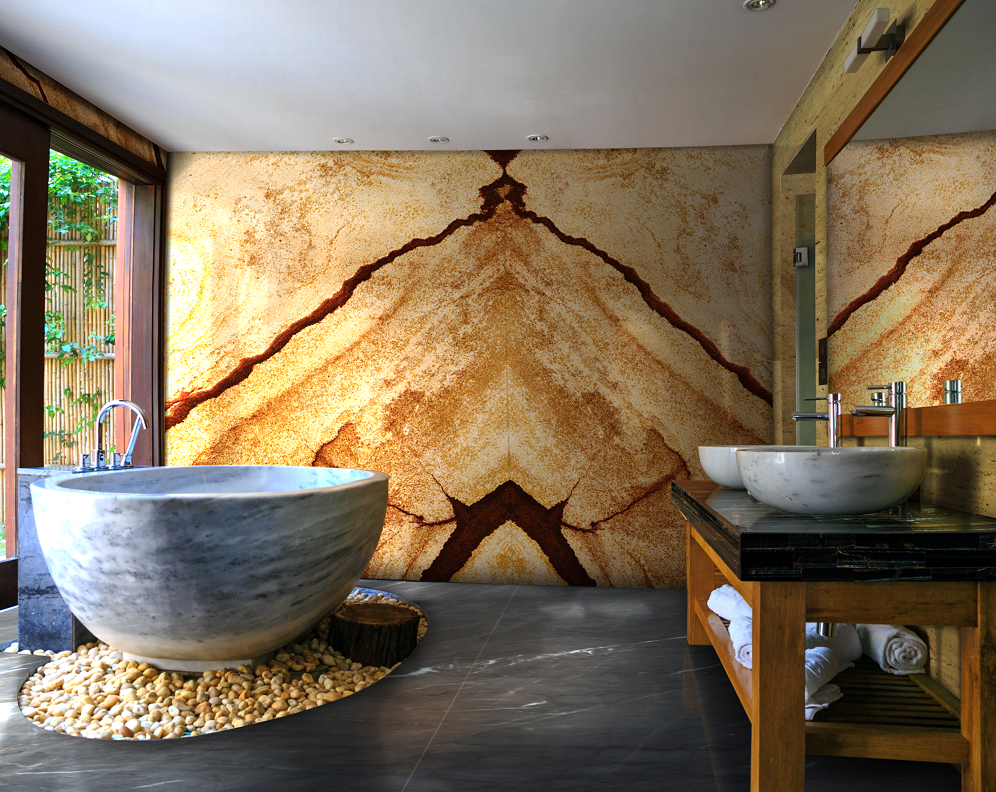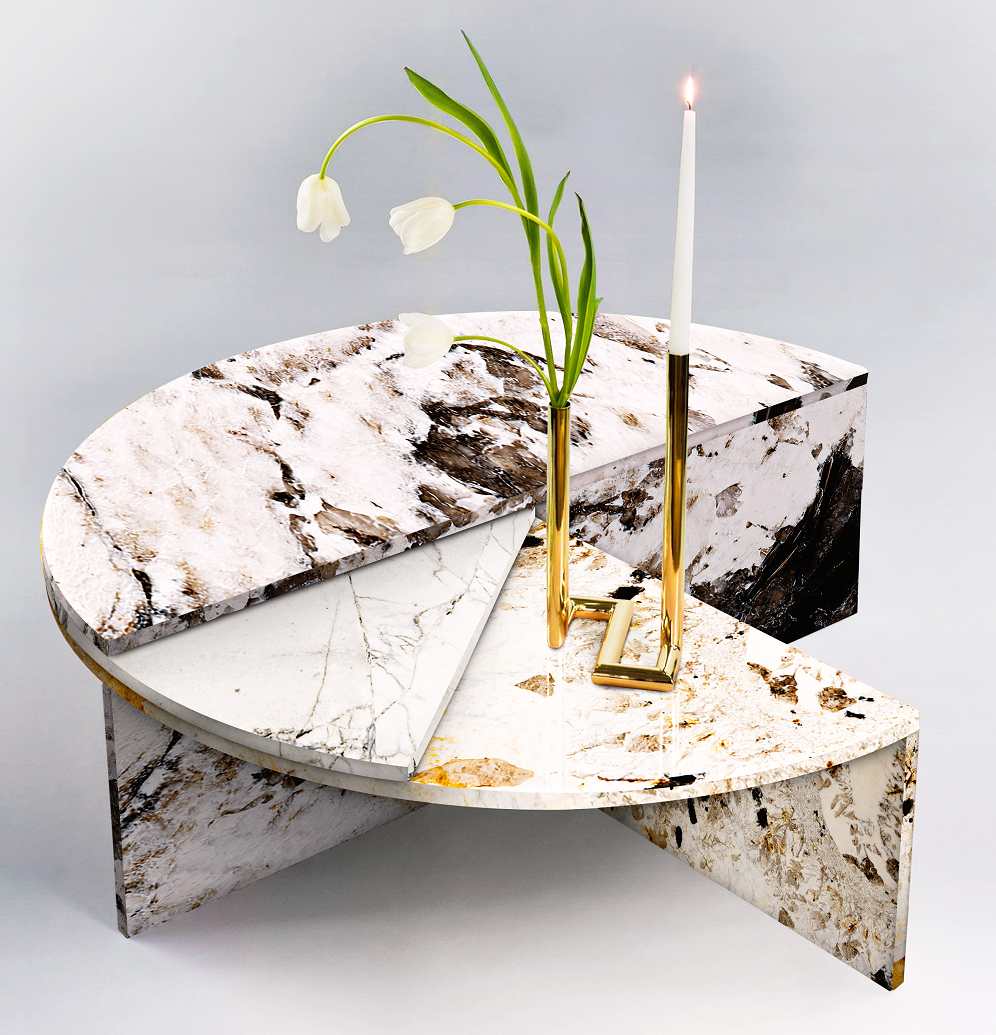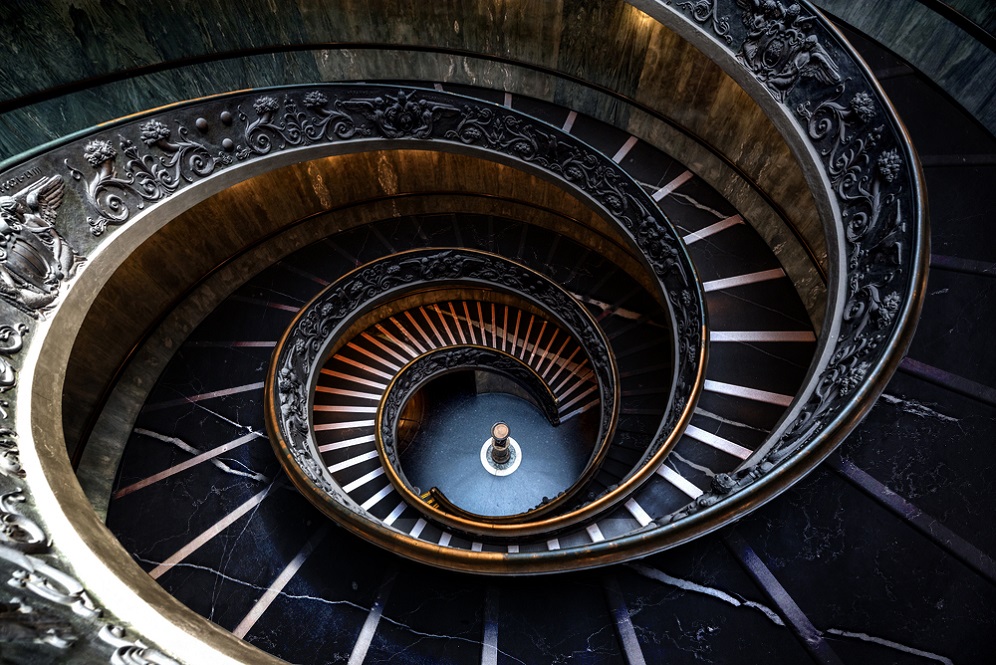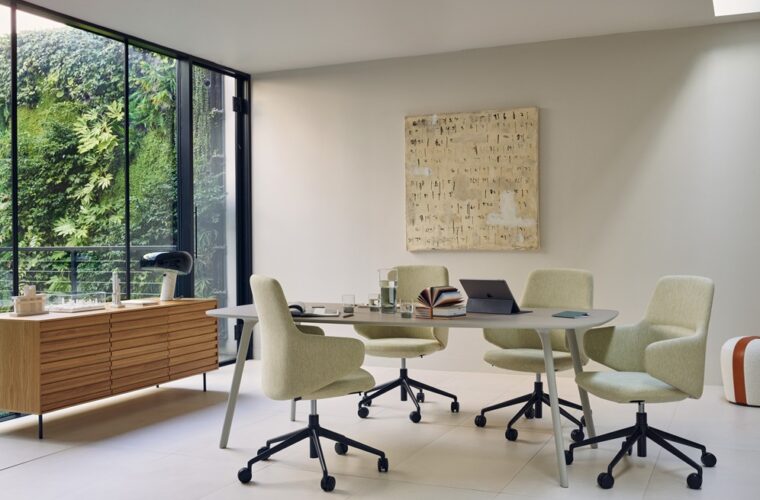Using Stone for diverse design themes and aesthetics
Text: Mr. Ramesh Bhandari, Director, A-Class Marble.
Natural stone has re-emerged due to its ecologically-responsive nature and versatility in frontages, roofs or floorings, thus providing architects and constructors with innumerable design choices. In addition, ancient and historic structures built with stone in the past demonstrate the stone’s durability. They come in various colours, textures and finishes. Many prefer using natural stones for their opulence, sustainability and durability. Here are a few ways to create the iconic look with natural stones with diverse design themes:
- Minimalism
The minimalist design movement is where a room focuses more on how one utilises the space instead of adding elements. Perfect for large and small spaces, minimalism refuses to be cluttered or excessive. Mainly focusing on a monochrome colour palette, it focuses on using the bare minimum with colour, furniture and decor while catering to textures and shapes.
Colour, texture, and tonality are the primary elements when choosing a stone. First, the space needs to be simple, freeing and welcoming. Next, one must choose colours that align with the room’s design. Natural stones are available in black, grey, white and beige as these colours promote calm and serenity.
- Maximalism
Maximalist design is a great way to create a coherent luxurious space by embracing a mix-and-match aesthetic with colour, dynamic furniture, large-scale art and unique artwork. It focuses on three core elements; pattern, colour and texture. One finds a contrast in colour, tone, and warmth to create ornate monochromatic looks or multi-dimensional elegance.
With its beauty and elegance, Emperador marble is a compact dark brown marble with irregular white veins. Also, travertine marble brings consistency through a sculptural freestanding island or backsplash wall behind the counters.
- Art Deco
Although Art Deco is a group of different approaches, ornamental geometry is a common feature. To escape the aesthetic indulgence of modernists, Deco embraces only the purest compositional elements: triangles, squares, and lines. Thus, the Art Deco design is used in wall cladding, floors, furniture and decor.
Twenty-first-century architects now combine stone and LED lighting with labradorite, quartz, and onyx. Quality, luxury, and clean design will always be around with the changing trends.










